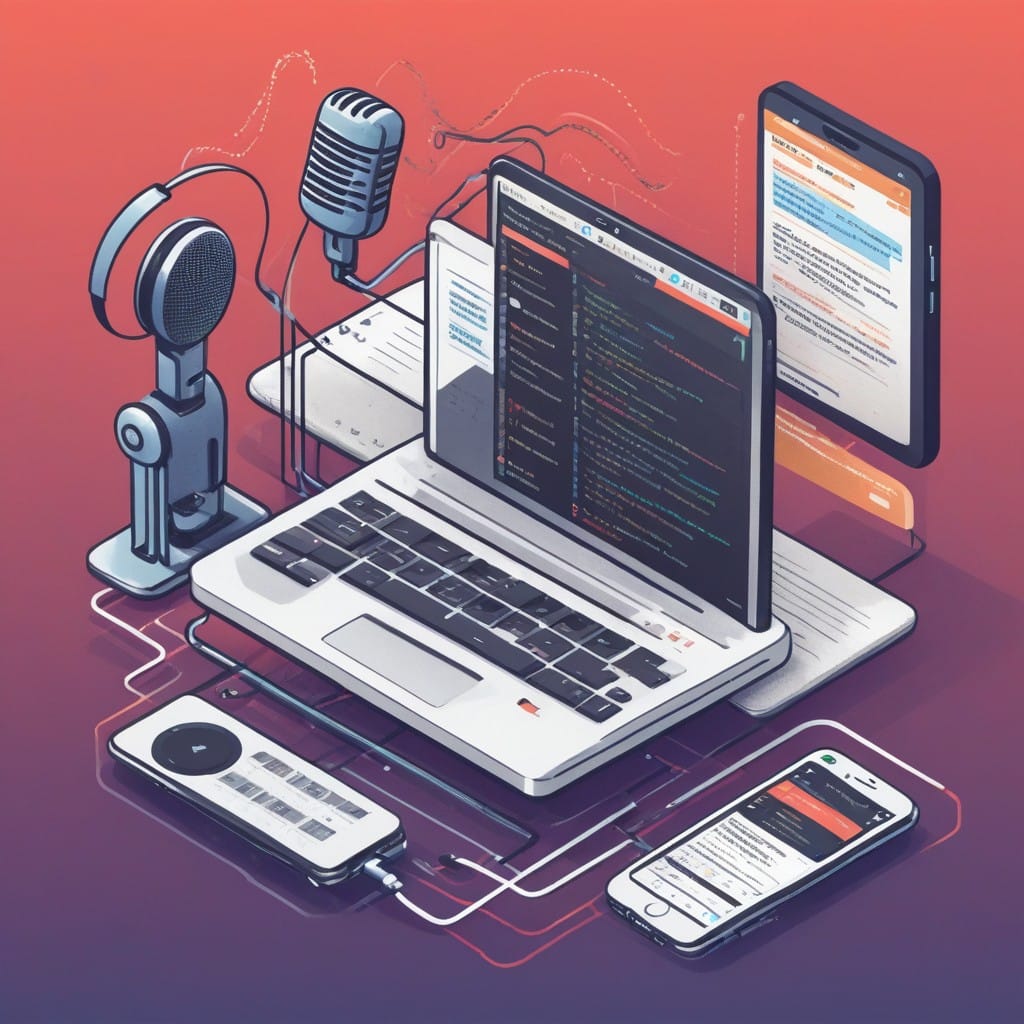Automating Podcast Workflows with n8n for Seamless Show Note Generation

Podcasting has exploded in popularity, but behind every great episode is a mountain of tedious tasks—especially when it comes to generating show notes. Manually transcribing, summarizing, and formatting notes can eat up hours of your time. Fortunately, automation tools like n8n can streamline this process, freeing you up to focus on content creation.
In this post, we’ll explore how to automate podcast workflows using n8n to generate show notes effortlessly. Whether you're a solo podcaster or part of a team, this guide will help you save time and improve consistency.
Why Automate Show Note Generation?
Show notes are essential for SEO, accessibility, and audience engagement. They help listeners find key takeaways, links, and timestamps. However, creating them manually is time-consuming and prone to inconsistencies. Automation solves this by:
- Saving time – No more manual transcription or formatting.
- Ensuring consistency – Every episode gets structured, professional notes.
- Improving SEO – Automated notes can include keywords and metadata.
- Enhancing accessibility – Transcripts make content available to a wider audience.
How n8n Fits Into Podcast Workflows
n8n is a powerful, open-source workflow automation tool that connects apps and services with customizable logic. Unlike rigid SaaS solutions, n8n gives you full control over your automation, making it perfect for podcasters who need tailored workflows.
Here’s how n8n can help:
- Transcription – Automatically convert audio to text using APIs like OpenAI Whisper or Rev.
- Summarization – Use AI (e.g., ChatGPT) to extract key points.
- Formatting – Structure notes with timestamps, guest bios, and links.
- Publishing – Push notes to your CMS, email subscribers, or social media.
Step-by-Step: Automating Show Notes with n8n
Let’s build a basic workflow that:
1. Takes a recorded podcast audio file.
2. Transcribes it.
3. Generates a summary.
4. Formats and publishes the show notes.
1. Set Up Triggers
Start by configuring a trigger in n8n to detect new podcast episodes. This could be:
- A webhook from your recording tool (e.g., Riverside, Zoom).
- A file upload to Google Drive or Dropbox.
2. Transcribe Audio
Use an API like OpenAI’s Whisper or AssemblyAI to transcribe the audio. In n8n:
- Add an HTTP Request node to send the audio file to the API.
- Parse the response to extract the transcript.
3. Generate Summaries
Pass the transcript to an AI model (e.g., ChatGPT via OpenAI’s API) to create a concise summary. Configure the prompt to:
- Identify key topics.
- Extract memorable quotes.
- Highlight timestamps for major segments.
4. Format and Publish
Use n8n’s Function or Template node to structure the notes. Include:
- Episode title and description.
- Timestamped bullet points.
- Links to resources mentioned.
- Guest bios (if applicable).
Finally, auto-publish the notes to:
- Your website (via WordPress or Ghost API).
- Podcast platforms (like Buzzsprout or Captivate).
- Social media (using Twitter/LinkedIn APIs).
Advanced Automation Ideas
Once you’ve mastered the basics, expand your workflow with:
- Auto-tagging – Use NLP to categorize episodes by topic.
- Guest onboarding – Send automated emails with recording links and FAQs.
- Analytics sync – Push download stats to a dashboard (e.g., Airtable).
Conclusion
Automating podcast show notes with n8n eliminates repetitive work while improving quality and consistency. By integrating transcription, AI summarization, and publishing into a single workflow, you can focus on what matters—creating great content.
Ready to try it? Sign up for n8n Cloud or self-host the open-source version, and start building your podcast automation today!
Have questions or custom workflows to share? Let us know in the comments!



